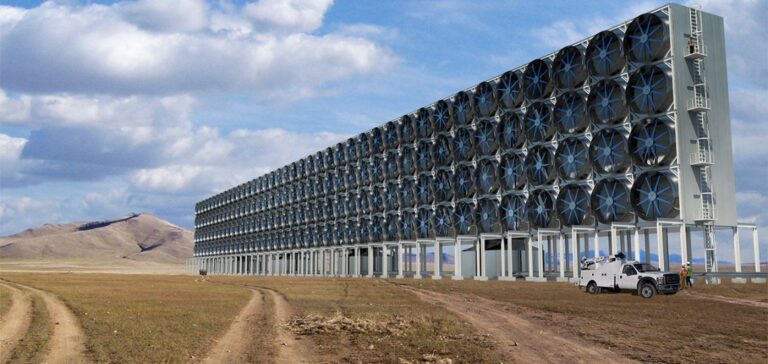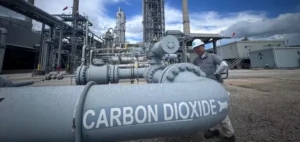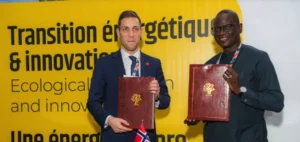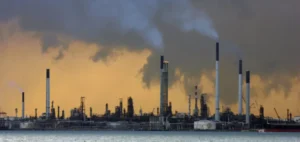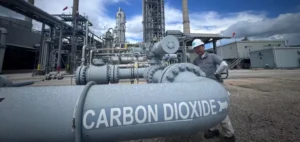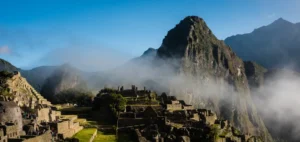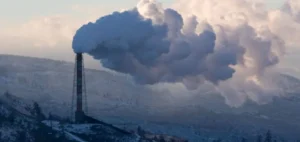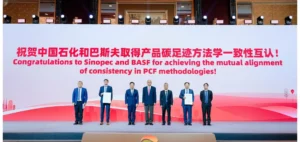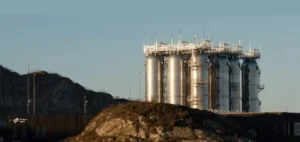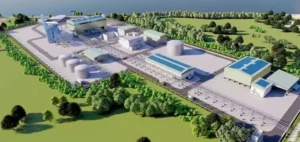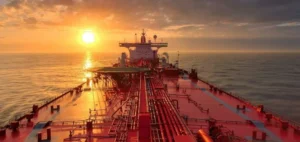The carbon capture, utilisation, and storage (CCUS) industry in the United States operates within a shifting regulatory landscape. According to the Congressional Budget Office (CBO), only 15 sites were operational by the end of 2023, handling less than 0.5% of national emissions. However, 275 projects have been announced, reflecting the industry’s ambitions, which remain largely dependent on tax incentives introduced under former President Joe Biden’s administration.
A fragile economic model
The flagship provision of the 2022 Inflation Reduction Act (IRA) offers a tax credit of up to $85 per tonne of captured CO2, a measure deemed essential by industry players. “Without these tax credits, virtually all ongoing projects would be doomed,” says Jessie Stolark, director of the Carbon Capture Coalition. However, the absence of a federal carbon credit market and a national compensation obligation limits the economic viability of captured CO2. Only California and a coalition of 11 Northeastern states impose such a requirement.
A strategic repositioning
With Donald Trump’s return to the presidency, the CCUS sector is adjusting its message. The administration has already rolled back several emission reduction commitments made by the previous government, casting doubt on the longevity of tax incentives. In response, the Carbon Capture Coalition now emphasises “economic competitiveness and American leadership,” according to Stolark.
Advocates highlight the United States’ key advantages: vast tracts of land suitable for CO2 storage and an extensive pipeline network spanning more than 8,000 kilometres, originally built for enhanced oil recovery (EOR), which optimises hydrocarbon extraction.
Support from the oil sector
At the CERAWeek conference in Houston, Vicki Hollub, CEO of Occidental Petroleum, underscored the value of CO2 in improving oil field productivity. According to her, this technology allows for the recovery of 75% of a field’s oil, compared to just 50% previously. Hollub is pushing for the continuation of tax incentives while also advocating for a policy adjustment: currently, CO2 reuse projects receive lower tax credits than storage initiatives.
This argument could resonate with the Trump administration, which seeks to boost oil production to lower energy costs. “A growing number of lawmakers are backing carbon capture because they realise we truly need carbon dioxide to extract more oil in the United States,” Hollub states.
Tensions with environmental organisations
While this strategic shift aims to secure government backing, it has drawn criticism. Several environmental organisations, including Environmental Health Network and Bold Alliance, condemn the use of CO2 for oil recovery, arguing that it undermines CCUS’s effectiveness in reducing emissions.
In a report published in August, these groups referred to CO2-based oil extraction as a “false promise,” questioning the true climate impact of carbon capture. This opposition could fuel debates over the Trump administration’s energy policy and the long-term economic viability of the sector.


